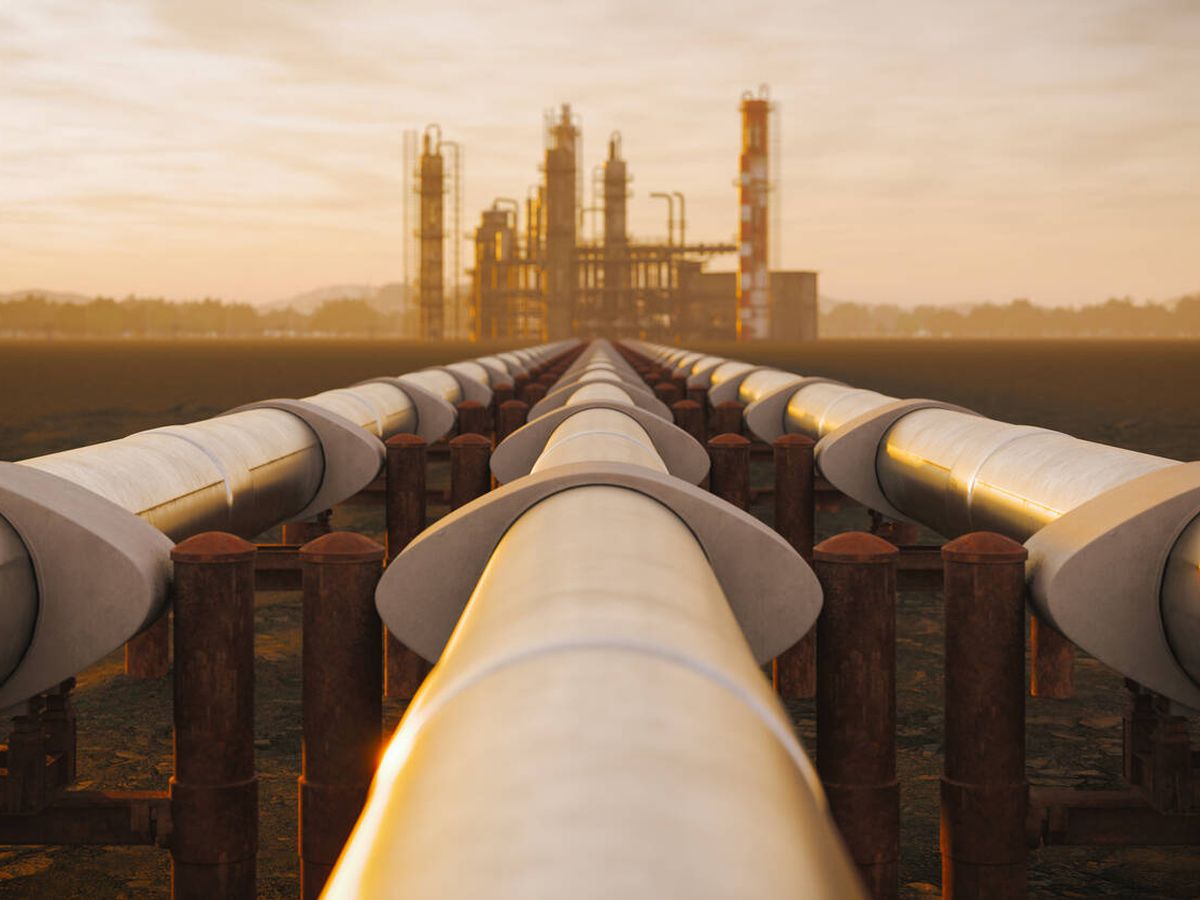Gas is not a solution and dozens organizations at European and national level They demand a list of projects of common interest (PCI) and projects of mutual interest (PMI) “in line with climate objectives and our true common interest”. Network Gas is not a solution criticizes the export model of hydrogen based on large infrastructures such as H2Med could endanger fair energy transition of the Spanish state. They also claim that the operator of the future network of hydrogen be completely independent and public, to avoid conflicts of interest with the fossil industry.
The final approval process of the sixth list of Projects of European Common Interest (PCI) and Mutual Interest (PMI) –including cross-border projects for the international transport of hydrogenLike the H2Med and other runners hydrogen – continues its course. The list is published by the European Commission on November 28 and is currently in the voting phase in the Advice and the European parliament for final approval.
This list of projects has not gone unnoticed and has caused controversy both at national and European level. The European Green Party has even gone so far as to submit a comprehensive objection which will be voted on at the next meeting of the European Parliament’s Committee on Industry, Research and Energy (ITRE), which will take place next Thursday, February 22. A first step ahead of the March plenary session.


To support this sweeping objection, The Gas No Es Solution Network has joined 60 organizations at European and state level to “demand a list that is in line with climate goals and our true common interest”. As mentioned in a card sent to European parliament”, the list includes a large number of problematic projects, mostly proposed by the fossil fuel industry There is a risk that existing emissions reduction ambitions and efforts will be underminedto undermine what is so necessary and urgent just a transition and become stranded assets. The list should only include projects whose implementation will contribute to ending the climate crisis”.
According to what was written in the letter, in the PCI list figuratively large-scale hydrogen transport projects that lack an adequate environmental and climate impact assessmentthe supply and priority use of hydrogen, numerous large-scale CO2 transport and carbon capture and storage projects. Finally, there are two fossil gas pipelines: the Eastern Med of Cyprus and Melita TransGas from Malta.
Removal of fossil gas infrastructure from the list of EU projects of common interest
The criticism of the Gas network is not a solution They focus specifically on projects related to the transport of hydrogen in the Spanish geographical area: H2Med and the hydrogen backbone. The network believes that they are projects that “are at risk of becoming too large and not responding to the needs of the community.” energy transition”. Enagas she presented at the PCI/PMI list before you get your Call for interestan initial market test carried out with the aim of conducting a contrastive analysis of the potential market of the green hydrogen in Spain to define an adapted proposal for the infrastructure of the future Spanish hydrogen backbone network.
The result of the Call for interest was published on January 31, 2024. Given the appointment of Enagas as provisional administrator of the hydrogen backbonethe organizations think “The operator of the future hydrogen network should be completely independent – and, if possible, publicly or socially controlled – to avoid any conflict of interest with the fossil fuel industry.” in the modeling and planning processes.
“We are concerned that the development of transport infrastructure is based on this hydrogen in a market bubble and in the analyzes and projections of a private company, just as happened with the gas system, ending with a totally oversized system at the expense of rising consumer bills. We urge the Spanish government to carry out adequate planning and sizingfocused on the real needs of the ecosocial transition in the Spanish state,” they claim Gas is not a solution.
As for the consequences, the network states that “The additional consequences of mass production of hydrogen for exports must be taken into account”. The National Integrated Energy and Climate Plan (PNIEC), currently under revision, envisages the installation of 11 GW of electrolyzers, which is almost three times the proposal of the Roadmap for green hydrogen of the 2020 government.
The scenario called “basic” by Enagas is considering the installation of 13.4 GW of electrolyzers, to produce 1.6 million tons of H2 in 2030, “in that scenario we would be talking about the installation of approximately between 40 and 60 GW of hydrogen.” renewable energy extra” according to an estimated analysis conducted by the Gas is not a solution.
However, the network emphasizes that “the 2030 and 2040 scenarios are particularly alarming, both the “maximum potential” (74.3 GW of electrolyzers and 7.9 Mt H2 in 2030; 84.3 GW and 8.7 Mt in 2040) as the so-called “Call for interest” (23.3 GW and 2.5 Mton H2 in 2030) due to the impact that the development of between approximately 70 GW and 300 GW additional renewable energyan order of magnitude that the objectives of the PNIEC in Review for 2030 these are 62 GW for wind energy and 76 GW for photovoltaic solar energy. “We know better that there are already major tensions in the areas that are not being adequately responded to.”
Faced with the model of large infrastructures for the export of hydrogenfrom the network they propose the analysis of a proximity modelin which productions are given priority to this take advantage of moments of low electricity demand, avoiding high discharges of renewable energy sources during central hours of the day and small networks that allow to benefit the local industrial ecosystem: “We can’t replicate the big infrastructure model that got us here; to achieve a fair energy transition with a local vision, we must overcome the idea of mere substitution of energy sources. fossil energy to maintain the same level of production and consumption.”

